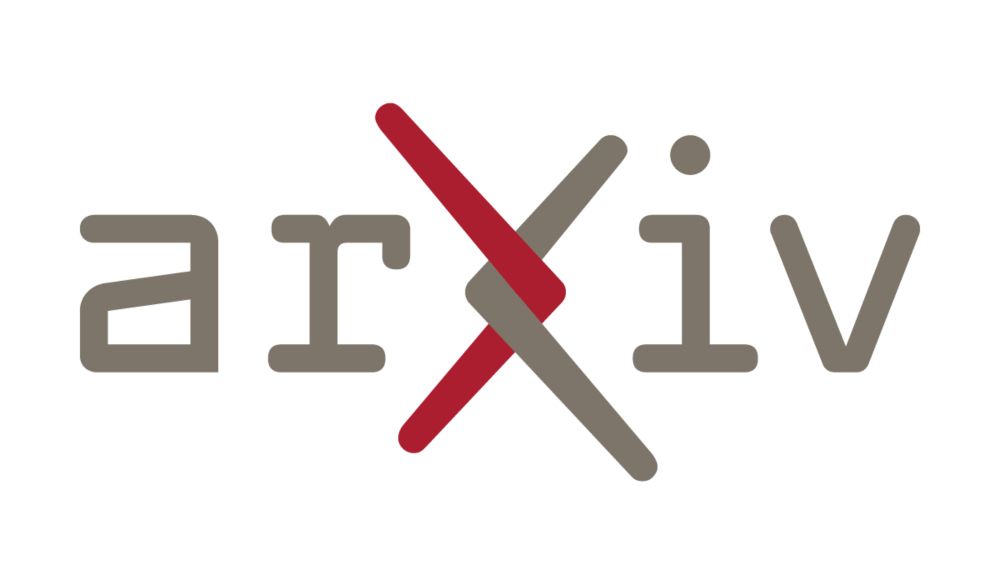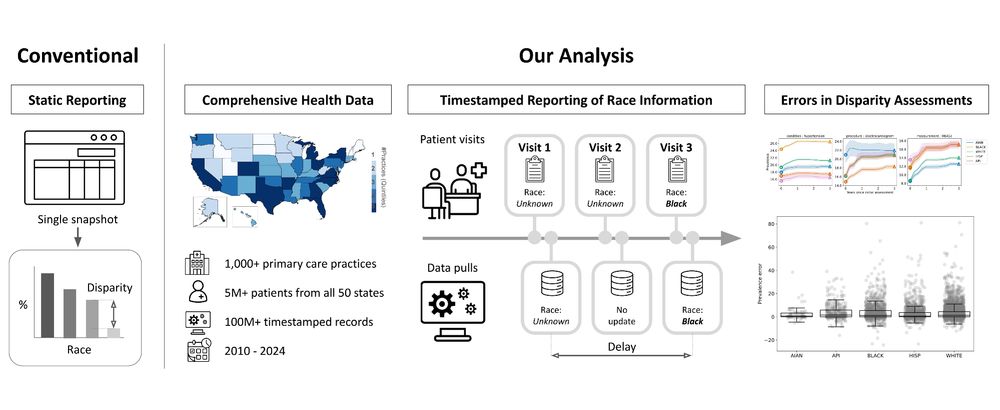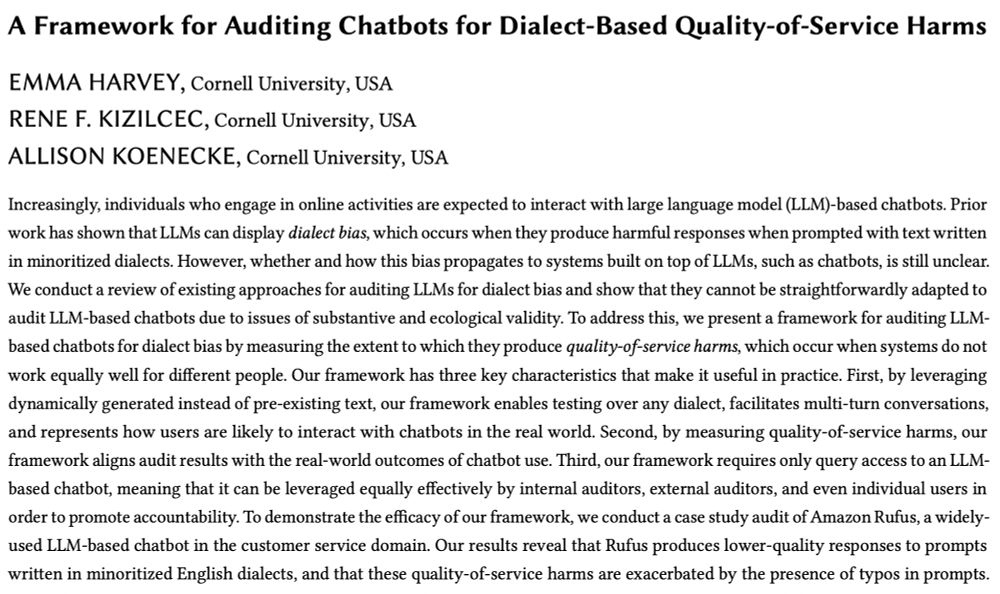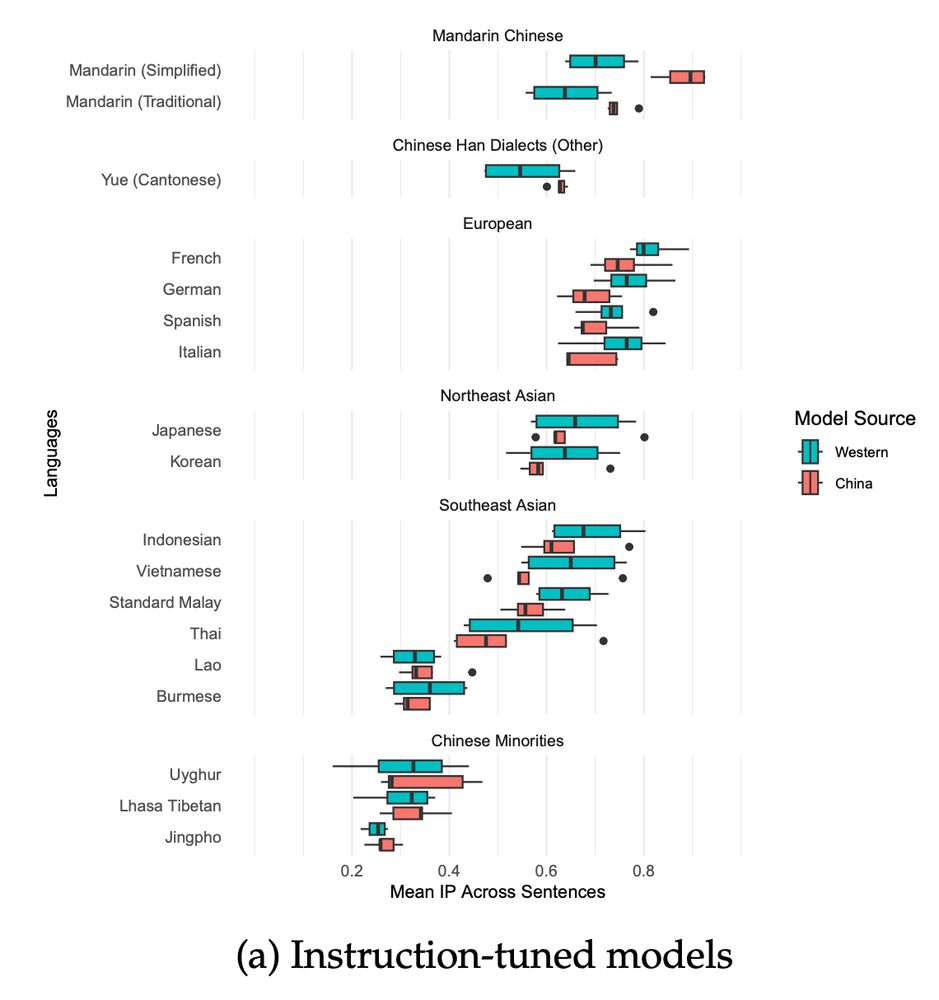andrea wang
@andreawwenyi.bsky.social
1.9K followers
56 following
15 posts
phd @ cornell infosci
https://andreawwenyi.github.io
Posts
Media
Videos
Starter Packs
Reposted by andrea wang
Reposted by andrea wang
Reposted by andrea wang
Reposted by andrea wang
Reposted by andrea wang
Reposted by andrea wang
Alex Gil
@elotroalex.bsky.social
· Apr 27

Scrambled text: fine-tuning language models for OCR error correction using synthetic data - International Journal on Document Analysis and Recognition (IJDAR)
OCR errors are common in digitised historical archives significantly affecting their usability and value. Generative Language Models (LMs) have shown potential for correcting these errors using the co...
link.springer.com
Reposted by andrea wang
Maria Antoniak
@mariaa.bsky.social
· Apr 25
Reposted by andrea wang
Simona Liao
@simonaliao.bsky.social
· Dec 2

LLMs as Research Tools: A Large Scale Survey of Researchers' Usage and Perceptions
The rise of large language models (LLMs) has led many researchers to consider their usage for scientific work. Some have found benefits using LLMs to augment or automate aspects of their research pipe...
arxiv.org
andrea wang
@andreawwenyi.bsky.social
· Apr 9
andrea wang
@andreawwenyi.bsky.social
· Apr 9
Reposted by andrea wang
Reposted by andrea wang
Reposted by andrea wang
Dr. Casey Fiesler
@cfiesler.bsky.social
· Mar 19
Reposted by andrea wang
David Mimno
@dmimno.bsky.social
· Nov 11
andrea wang
@andreawwenyi.bsky.social
· Mar 28
andrea wang
@andreawwenyi.bsky.social
· Feb 21
andrea wang
@andreawwenyi.bsky.social
· Feb 21














